The last time Engineering.com wrote about Depix Technologies, developer of generative AI rendering software, CEO Philip Lunn claimed the technology “made designers cry.”
When Lunn reached out recently about Depix’s latest project, ImageLab, he took the hyperbole even further.
“Last year we made designers cry. This year we will make them cry and fall out of their chair and shout with elation,” he wrote in an email.
If you’re the crying type, consider yourself warned. Here’s a hands-on look at Depix ImageLab and what it can do.
What is Depix ImageLab?
Depix ImageLab is a web-based tool for generating AI images. You’ve probably already used something similar. But ImageLab explicitly targets professionals, like product designers, looking for high quality renders.
“What we’re doing is making it very simple to generate really high quality images from anywhere,” Lunn told Engineering.com during a demo of ImageLab.
“Anywhere,” Lunn specified, could be “from a very early sketch, to a polished CAD image from any CAD manufacturer. It doesn’t matter what the CAD input is. It could be architecture, it could be products. It could be a circuit board. It could be a widget. Doesn’t matter. It just makes a great marketing photo.”
Anyone can sign up for an account at DepixImageLab.com to get 10 free credits. Each generated image costs 1 credit. You can also create five second videos for 9 credits apiece, though we didn’t test that feature.
When you sign up, this is what you’ll see:
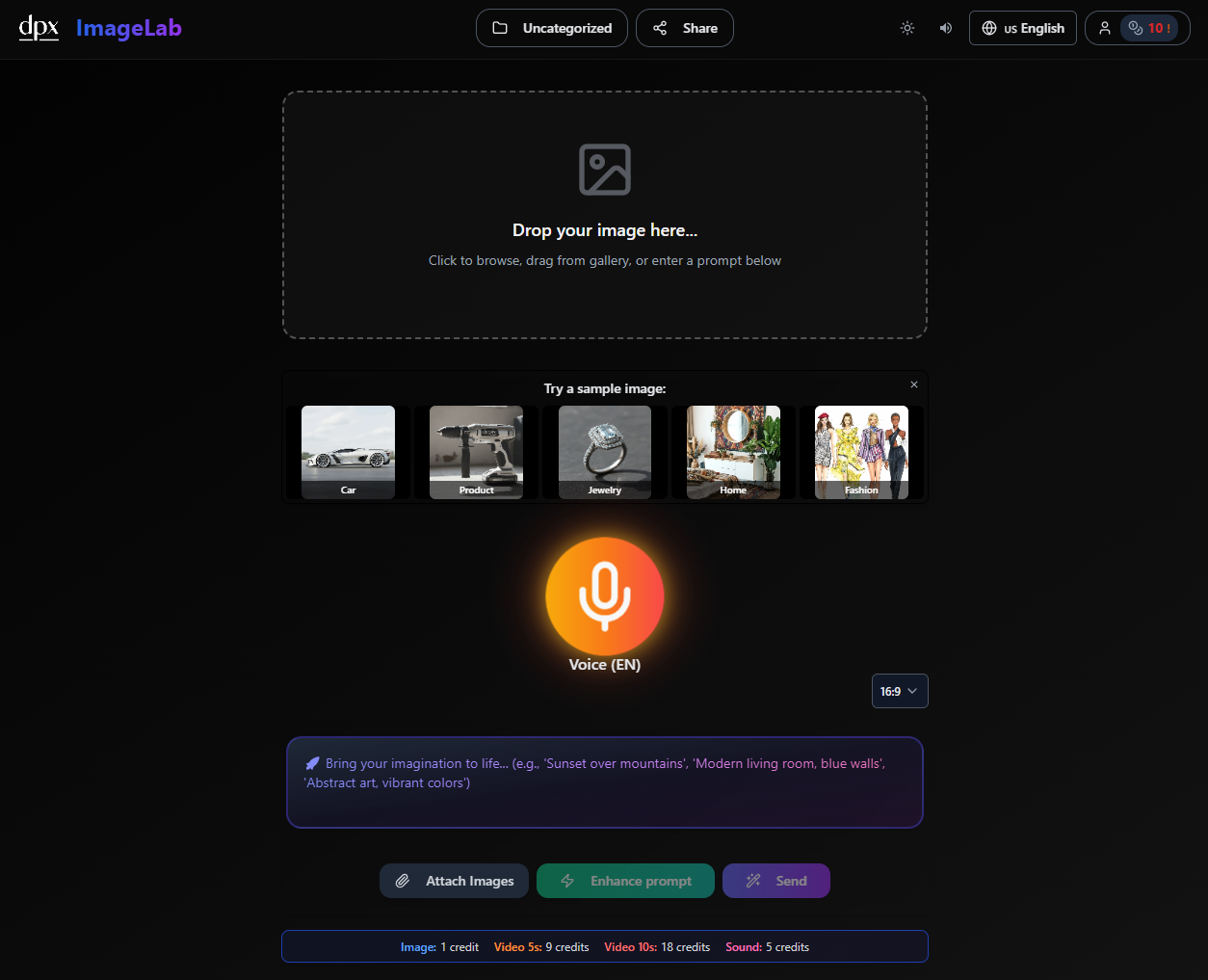
The interface is self-explanatory. You start by importing an image (or picking a sample), and then you tell ImageLab what to do to it. If you don’t feel like typing a prompt, you can hit the glowing Voice button to dictate one instead. You can also attach other images to reference in your prompt, like an image of a texture you want to apply to the target image (we’ll show an example of that later).
Let’s see how it works.
Depix ImageLab in action
For our first foray with ImageLab, we picked one of the available sample images, a sketch of a car:

A designer might want to see what a real version of this car would look like—so we asked ImageLab to generate one.
Prompt: Turn this sketch into a photorealistic rendering on a desert highway.
After about 30 seconds of processing, Depix ImageLab generated this image:

Once you’ve generated an image, ImageLab provides a toolbar that lets you save it, crop it, compare it to the original image, select a specific region to manipulate in your next prompt, and apply other adjustments. There’s also an extensive gallery of presets that will apply automatic prompts to your image (more on that later).
Let’s try again. Here’s the image we just generated, with a new prompt being applied:
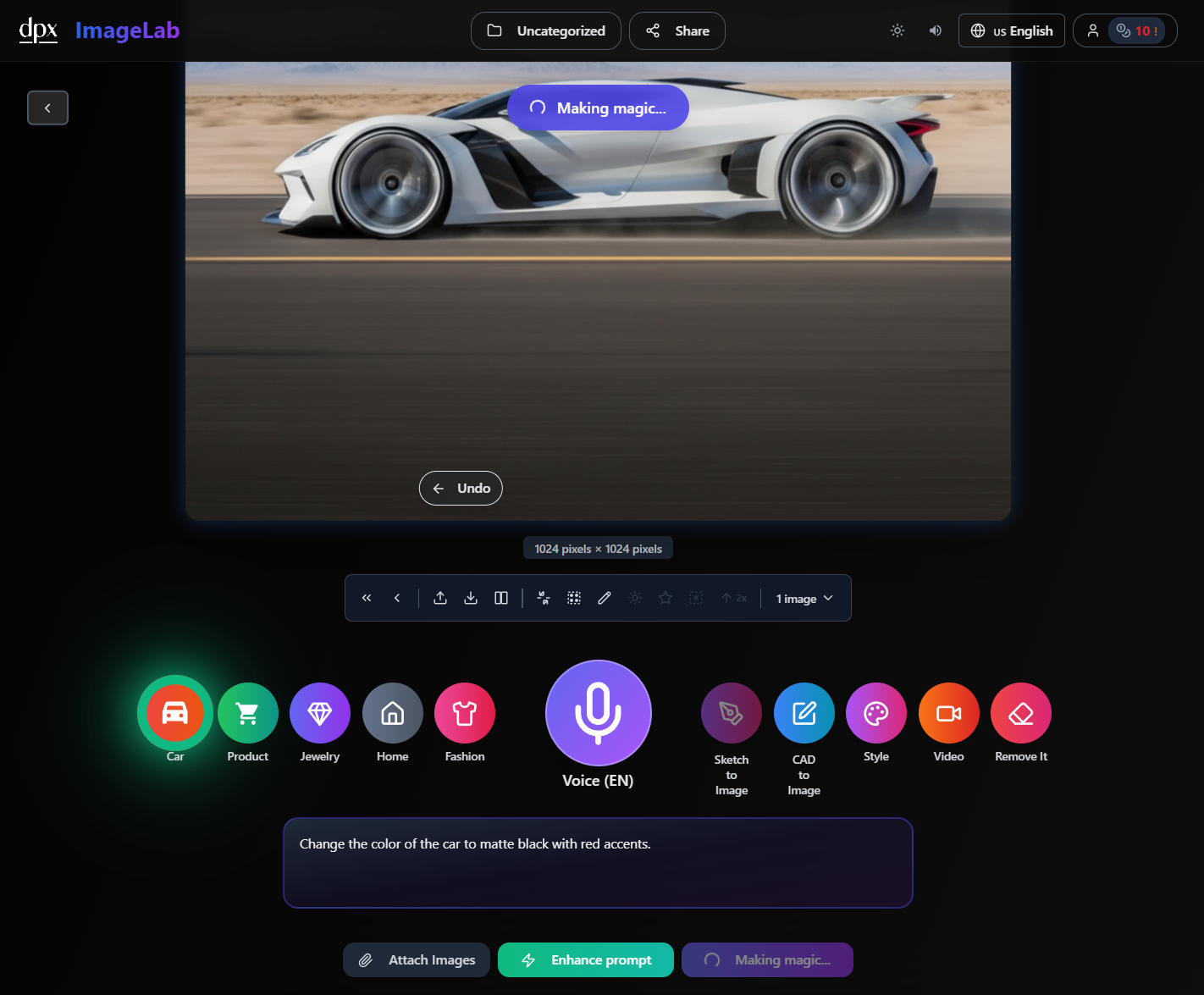
Prompt: Change the color of the car to matte black with red accents.

Prompt: Change the angle of the camera so that the car is viewed from the front, and change the car’s color to blue.

Prompt: Change the background to Times Square, and put a crowd of gawking admirers around the car. And change the color of the car to red.
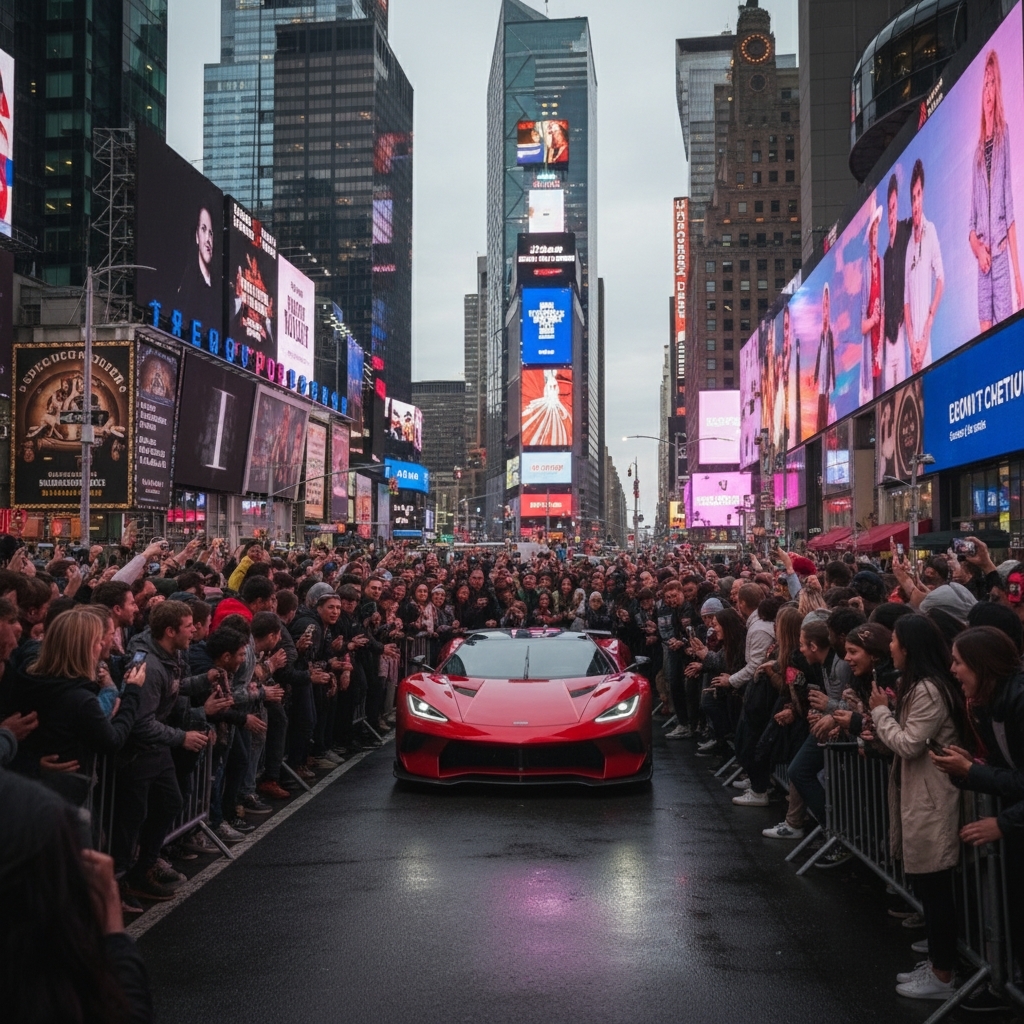
Prompt: Put the camera inside the car so we can see the scene from the driver’s perspective.
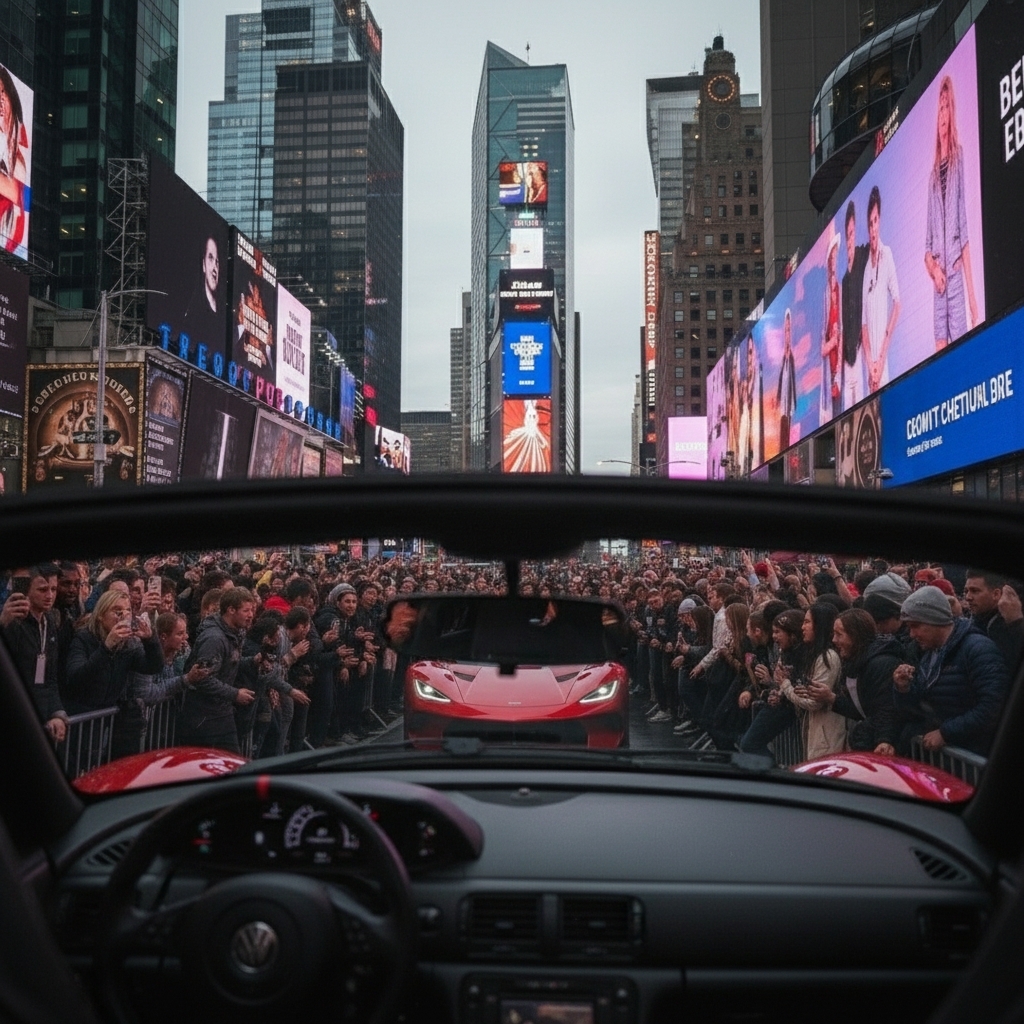
ImageLab, like other generative AI tools, doesn’t always give you the result you’re expecting. In this instance, rather than giving us an inside view of the original car, ImageLab has instead put us behind the wheel of a second car.
Perhaps a better prompt would have made a difference. To see what might have been, we reverted to the previous image and used the “Enhance prompt” button to give us a helping hand.
Original prompt: Put the camera inside the car so we can see the scene from the driver’s perspective.
Enhanced prompt: First-person driver’s view through a car windshield during sunset, showing the steering wheel and dashboard lit by orange light.
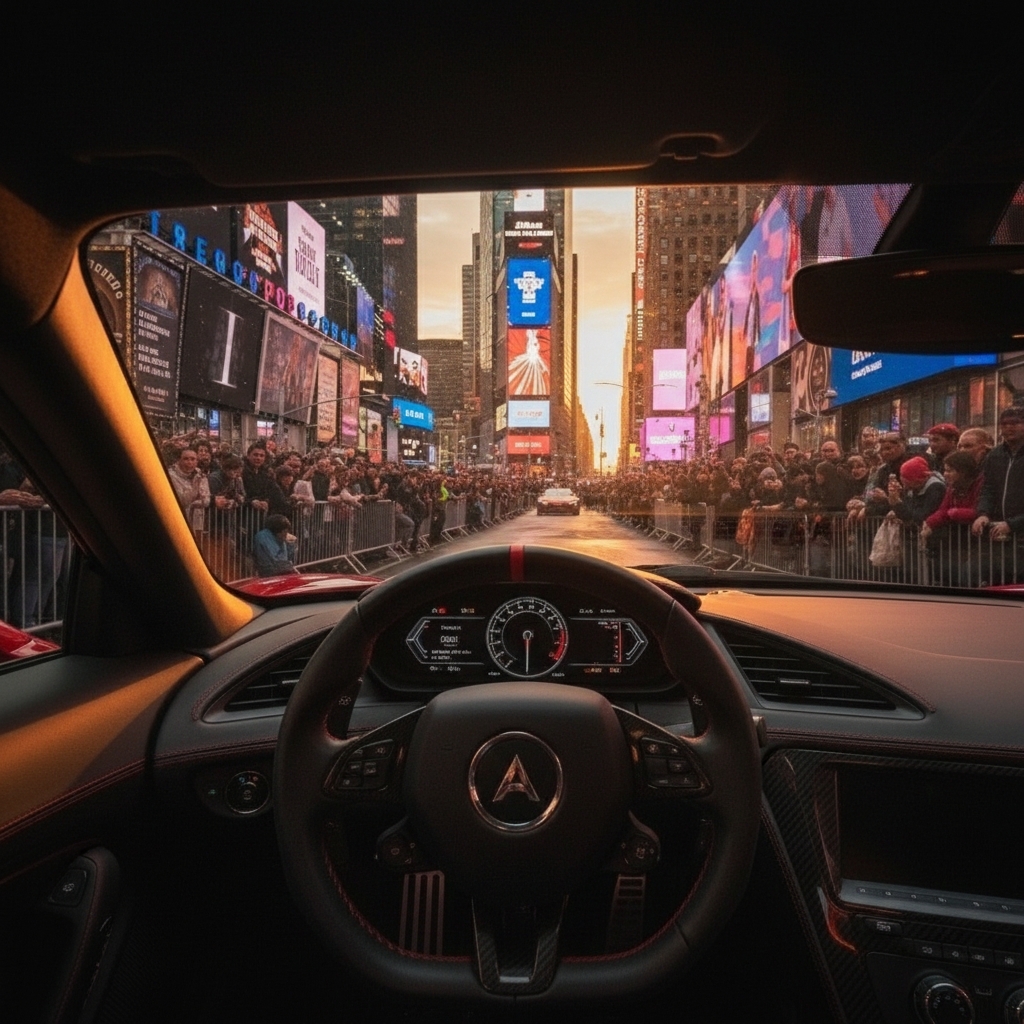
The same problem persists, but at least there’s an orange glow.
We could keep trying increasingly specific prompts, as Lunn did throughout his demo when unexpected problems arose. It’s easy to get lost in a generative rabbit hole, playing with prompts until every pixel is perfect. So we’ll restrain ourselves to two final examples of ImageLab.
Let’s go back to the original sketch of the car and apply one of ImageLab’s built-in presets: Amalfi Coast.
Prompt (added automatically): Place this car on the Amalfi Coast in Italy with dramatic coastal cliffs, Mediterranean sea views, colorful Italian villages, and coastal road atmosphere while adhering to the shape and position of the car as close as possible while adhering to the original image

To demonstrate how ImageLab uses reference images, we uploaded this image:
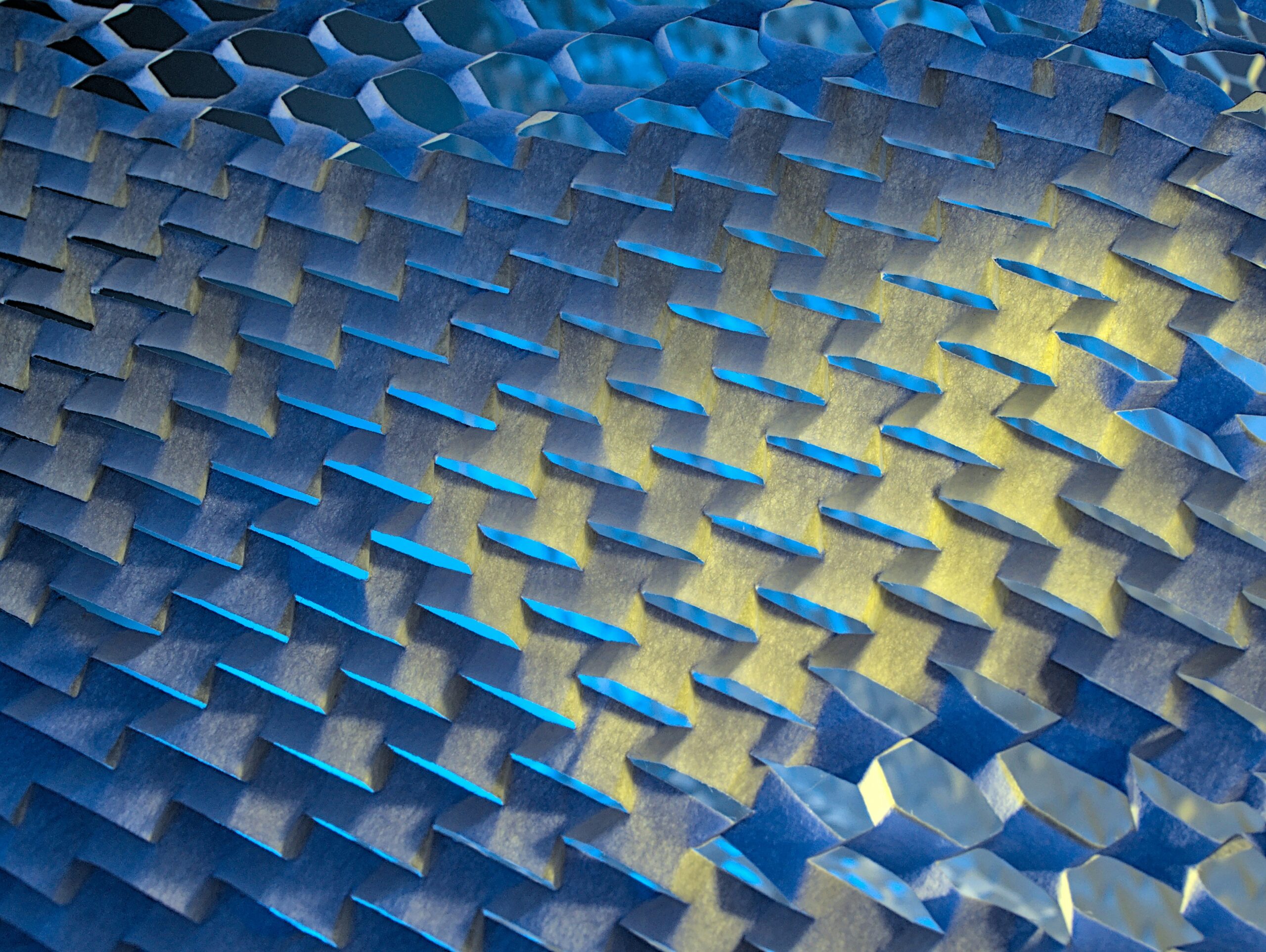
Prompt: Apply the texture in the attached image to the car.

Is Depix ImageLab a “KeyShot killer”?
We’ve shown off several examples of ImageLab’s capabilities, and you can freely test them for yourself.
What’s obvious from even limited testing is that the AI tool varies in the quality of its output. It can quickly create impressive renders from hasty sketches, and it’s adept at adjusting certain elements of a picture—like colors—without affecting others. But it can also misinterpret prompts and create odd images that don’t hold up to scrutiny.
Like all AI tools, ImageLab can be good, bad and ugly. That’s AI for you; sorting the results is up to the user. But crucially, it’s incredibly fast and easy to use.
“We’re trying to be the thing for product designers and product marketers and CAD users… who really would love to be able to make a nice image, but just can’t invest the time in learning all the settings and tweaks you have to do for rendering,” Lunn said.
Lunn has plenty of experience with the settings and tweaks of traditional rendering, having previously founded a company called Bunkspeed which sold a rendering program called Hypershot. In 2010 Hypershot was taken over by Luxion and rebranded as KeyShot. It remains a popular rendering program to this day.
With AI-based rendering, is the writing on the wall for KeyShot and other traditional rendering programs?
We asked Thomas Teger, former VP of marketing for KeyShot and a former colleague of Lunn’s at Bunkspeed.
“While you can create truly amazingly realistic images with KeyShot, it requires a significant amount of skills and expertise with the tool itself, and even then it takes often a long time to get to the final image,” Teger said.
Uneven as it may be, generative AI requires no expertise and barely any time.
“ImageLab is a tool that lets you create images and movies the way you “think” about it, not based on what is available to your or how well you master various tool sets… I firmly believe that this will be the product that has the potential of becoming the “KeyShot Killer” as it redefines rendering as we all know it in a completely new way,” Teger said.
(Teger describes himself as an “independent advisor” to Depix. He’s not paid by the company, but he receives free credits “in return for cool content, testing, insight and promotion.”)
It should be noted that if there is writing on the wall, KeyShot has also read it. The company offers AI-based rendering features of its own through a product called KeyShot Studio AI.
What’s the cost of Depix ImageLab?
Creating AI images can be addictive. And with the ever-present element of randomness, it’s necessarily iterative. You’ll quickly burn through your 10 free credits.
When you do, you can top them up at $19.95 for a pack of 250. That works out to eight cents an image, though Lunn said Depix is still debating the right pricing model.
“This whole thing costs quite a bit to run, you know, plus all the labor and humans and all involved… you can get it as low as pennies per image, basically,” Lunn said. “It depends on the use case and the user.”
Regardless, Lunn has no doubt that ImageLab and its ilk represent a radical change. The AI tool can do near instantly what used to require highly valued software skills. At one point our conversation turned to Adobe Photoshop, the pre-eminent photo manipulation software. Lunn reflected that professional Photoshop users used to earn hundreds of dollars per hour for their professional services.
“But now,” Lunn said, “for 25 cents, you can make a perfect marketing image.”
The post Is this generative AI rendering tool a “KeyShot killer”? appeared first on Engineering.com.

